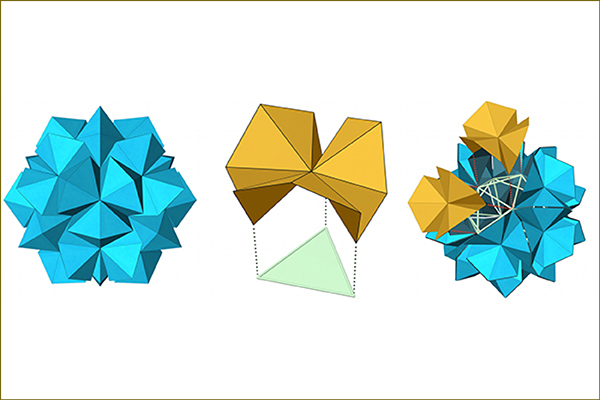The image as a mind tool
DOI:
https://doi.org/10.15168/xy.v1i2.35Abstract
In last fifty years technology has made it incredibly easy to produce, edit and distribute still images and videos. We live submerged by a continuous flow of images and it is impossible to overestimate their importance in today’s society. Movies, animations, drawings and photographs are used primarily to communicate, but they also represent an instrument of thought: in fact one can use an image to understand more in depth a complicated concept or draw a diagram to follow the thread of a thin idea that, without a graphic representation, might get lost in the unconscious mind. It is possible to capture the sense of an entire mathematical demonstration with a single figure or to graphically compute the solution of a problem with a sequence of diagrams; but one can also put on paper an error or a paradox. Even in painting there are example where the aesthetic aspect is inextricably linked to the solution of a complicated and interesting problem. In the following pages, ten images will attempt to illustrate these concepts. Moreover using images in this context is a self–referential action that reminds of the extraordinary ability to reflect on itself that is a feature of the mind.
References
Albert Einstein and the Pythagorean theorem. Little Engineers of Florida. 2012. [visited November 8, 2016]. Available by: http://www.littleengineers-fla.com/?p=284.
Escher’s “Ascending and Descending” in LEGO®. Andrew Lipson’s Home Page. 2002. [visited November 8, 2016]. Available by: http://www.andrewlipson.com/escher/ascending.html.
Fondazione Merz. Fondazione Merz. 2013. [visited November 8, 2016]. Available by: http://fondazionemerz.org/mario-merz/.
Impossible World. Impossible World. 2016. [visited November 8, 2016]. Available by: http://im-possible.info/english/index.html.
Proofs without words. MathOverflow (StackExchange). 2011. [visited November 8, 2016]. Available by: http://mathoverflow.net/questions/8846/proofs-without-words.
Pythagorean Theorem and its many proofs. Interactive Mathematics Miscellany and Puzzles, Alexander Bogomolny. 2012. [visited November 8, 2016]. Available by: http://www.cut-the-knot.org/pythagoras/.
Techniques for Adding the Numbers 1 to 100. Better Explained. 2007. [visited November 8, 2016]. Available by: https://betterexplained.com/articles/techniques-for-adding-the-numbers-1-to-100/.
The Explanation to the Infinite Chocolate Bar Trick. Math and Multimedia, School math, multimedia, and technology tutorials. 2014. [visited November 8, 2016]. Available by: http://mathandmultimedia.com/2014/07/22/explanation-infinite-chocolate-bars/.
READ, R.C., 1968. An introduction to chromatic polynomials. Journal of Combinatorial Theory. 4 (1), 1968, pp. 52–71.
SAFFARO, L., 1986–87. Nuovissime operazioni sui poliedri platonici. In AA. VV., Annuario EST–Mondadori 1986–87, pp. 323–331.
TODESCO, G.M., 2016. Saffaro in Real–Time. In EMMER, M. et al. (a cura di), Imagine Math 5. Atti del convegno Matematica e Cultura, Venezia, 2015. Roma: IVSLA, UMI, pp. 155–169.


